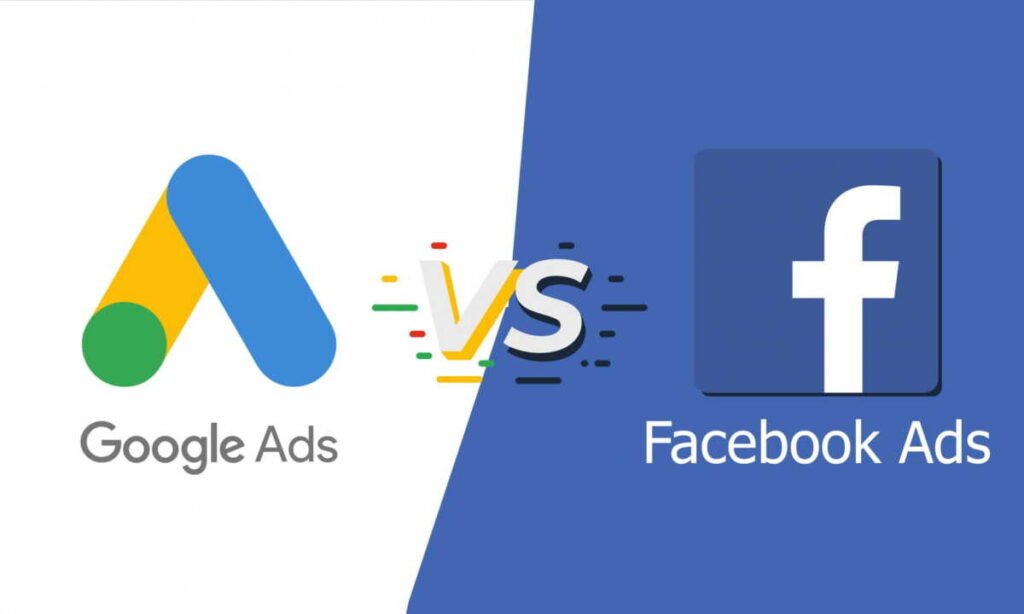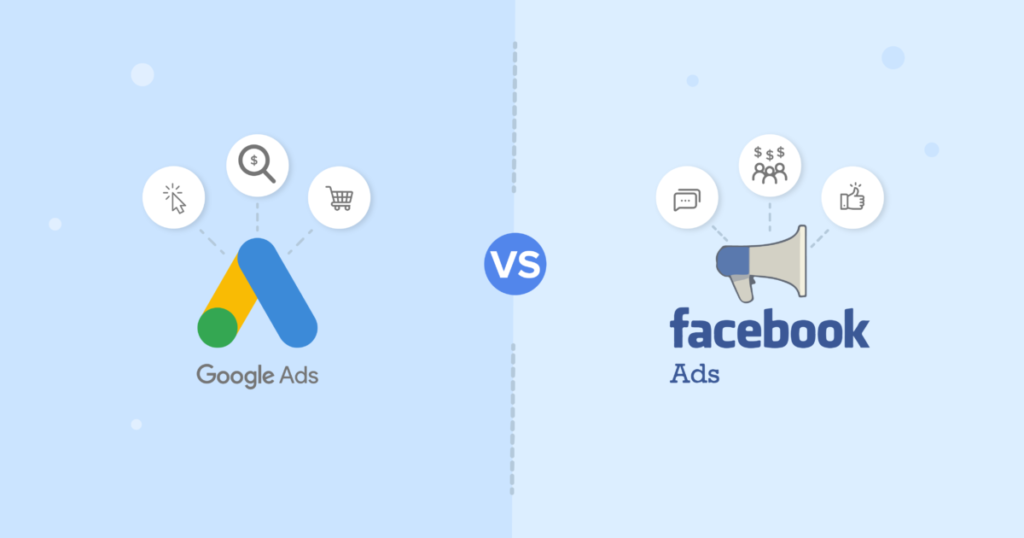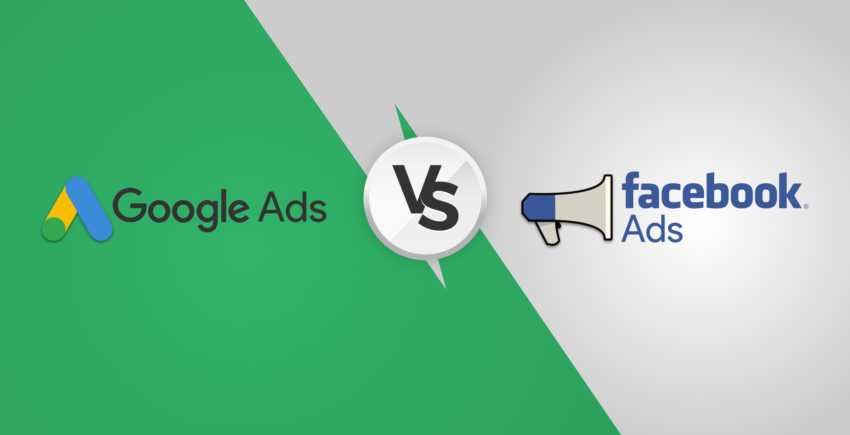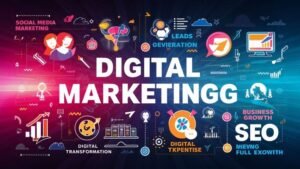In this digital age where the battle for attention from consumers is intense, businesses need to carefully allocate their budgets for advertising to platforms that provide the highest ROI (ROI). Two giants in the world of online advertising include Google Ads and Facebook Ads. Although both are powerful ways to connect with the people you want to reach knowing the intricacies and distinctions between them is vital for optimizing campaigns to maximize return on investment. In this thorough analysis, we’ll examine the major features that make up Google Ads in addition to Facebook Ads to provide companies with the data they need to make educated decisions.

1. Audience Focusing:
Google Ads primarily leverages search intent to find users. Advertisers compete for keywords that relate to their product or service and then ads are shown to users who are actively searching the terms. This method results in Google Ads exceptionally effective for getting high-intent traffic to your site and generating conversions.
However, Facebook Ads offers highly advanced targeting options that are based on information about demographics, behaviours, interests as well as life occasions. Advertisers can build custom audiences as well as like audiences to connect with those who are likely be interested in their products, even when they’re not actively looking for them. The capabilities of Facebook’s targeting are particularly beneficial for companies that offer specific products or services, and companies that want to increase brand awareness within specific groups.
2. Ad Formats:
Google Ads provides a variety of ads that are tailored to specific marketing goals such as display ads, text advertisements, videos along with shopping adverts. The ads are shown on all of the Google Search Network, Display Network, YouTube, and other websites of Google Ads, giving advertisers an extensive reach and exposure.
Facebook Ads also offers a wide range of ads, such as video ads, image ads, carousel ads and many more. In addition, the ads on Facebook extend beyond the Facebook platform to Instagram as well as other associated apps which further expand the reach of advertisers and their engagement possibilities. The platform’s visually appealing ads designs are especially effective in getting the attention of users and increasing engagement.
3. Cost – and Price Model
Google Ads operates on a pay-per-click (PPC) model, which means that advertisers only pay when a person clicks their advertisement. Cost per click (CPC) is dependent on factors like the competitiveness of keywords and the quality of the ad score. This pricing structure gives advertisers more control over the amount they spend on ads and lets them optimize campaigns according to performance indicators.
Facebook Ads offers a variety of bidding options, including cost-per-click (CPC), cost-per-thousand-impressions (CPM), and cost-per-acquisition (CPA). Advertisers are able to choose the bidding method that fits most closely with their objectives and budget. In addition, Facebook’s auction-based advertising system makes sure that advertisers are paid competitive rates for their ads, thus maximizing the effectiveness of their budget for advertising.

4. Analytics and Tracking:
Google Ads provides robust tracking and analytics tools via Google Analytics, allowing advertisers to assess the effectiveness of their advertisements across a variety of parameters like clicks, impressions and the number of conversions and ROI. In addition Google’s conversion tracking allows advertisers to attribute conversions to specific keywords and ads and provide valuable information about efficiency of campaigns and optimizing opportunities.
Facebook Ads also offers comprehensive analytics and tracking capabilities via Facebook Pixel. Advertisers can monitor actions made on their site including purchases and registrations, and assign these to particular ads or audiences segments. Furthermore, Facebook’s ad management provides comprehensive information on the performance of ads as well as demographics of audience that allow advertisers to tweak their messaging and targeting to ensure maximum effectiveness.
5. The size of audience and reach:
Google performs more than 3.5 billion searches each day which makes it one of the most popular platforms for advertising on the internet. By using Google Ads, advertisers can connect with users in the exact moment they are actively looking for products or services, which makes it a powerful tool for capturing traffic with high intent and increasing conversions.
Facebook boasts more than 2.8 billion active users on a monthly basis which gives advertisers access an enormous and diverse of users. Facebook’s advanced targeting capabilities let advertisers narrow their audience according to specific characteristics, interests and behaviours, which ensures that their advertisements get noticed by the right people at the right moment. In addition, Facebook’s vast presence across multiple channels, such as Instagram and WhatsApp can further increase advertisers their ability to reach their targeted customers.
Conclusion:

In the end the two Google Ads and Facebook Ads provide distinct advantages and can serve as valuable elements of a complete online marketing plan. Google Ads excels at capturing high-intent traffic by using targeted search, while Facebook Ads offers sophisticated audience targeting options as well as a broad selection of visually captivating advertising formats.
The final decision to make in between Google Ads and the choice between Facebook Ads will depend on factors like the goals of advertising, the budget, and audience. When you know the distinctions between the two platforms and taking advantage of their strengths, businesses can increase their ROI on advertising and meet their marketing goals efficiently. It doesn’t matter if it’s driving sales or establishing brand awareness or interacting with a particular group of people each of Google Ads and Facebook Ads are able to produce important results if used carefully and strategically.




